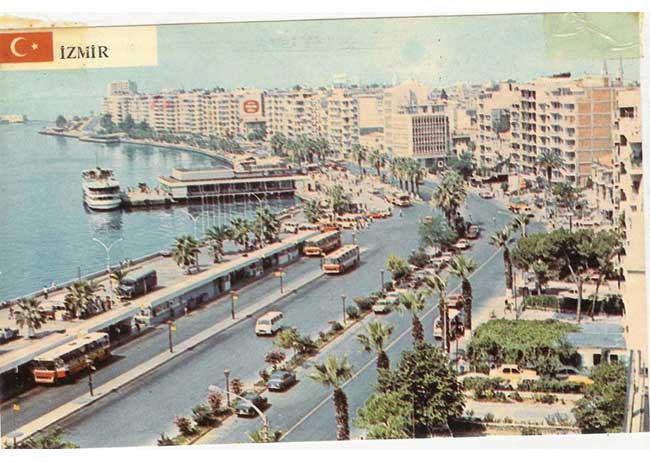 |
|||||||
|
FROM DETACHED HOUSE TO APARTMENT:GENDER ROLES IN MAKING, OWNING, AND MAINTAINING A HOUSE Studies of modern architecture decipher the extremely gendered status of the physical built environment that we daily experience. Especially works about suburbs and their architectural character demystified this American icon represented by wealthy, comfortable lifestyles during the postwar period. The detached or semidetached houses with large gardens were embodied as the places for the ideal family. The mother cooks and cares for the children while the father earns money and guards his family. The American house models were copied in various ways outside the United States proliferating popular culture heavily contaminated with Hollywood fairytale stories. The reproduction of the modern home myth into different cultures contains significant differences from what they meant to American culture and society. Unsurprisingly, the modern house in Turkey during the postwar period was also represented as indispensable for women’s life, essential for the health of the family and the state. Modern detached houses symbolized the opposite of the traditional Turkish dwelling of the pre-modern period isolating women from public gaze with its typical introverted backyard, hidden from street level with high masonry walls and fenced windows looking out onto the main body of the house. Thus, the new modern house was ‘taking off the woman’s ’veil’: ‘making them visible’ and ‘exposing them to public space.’ This sounded radical, altering social life. On the other hand, a closer look at the social life of this period in relation to women’s liberation interprets ‘modernity’, ‘modern house’ ‘modern life’ and ‘modern woman’ in different ways to the context of Turkey. The city of Izmir, historically the most liberal Turkish city, met the modern detached house during the 1960s. As a result of the population growth, the city was transformed into multi-storey buildings started in the 1970s proliferating in the 1980s onward. Many of the families living in detached houses decided to re-build their estate as multi-storey blocks because of the promising profit. The family gender roles became very clear during the decision making process of selling the house to a constructor because this process tells a lot about the women’s engagement to the material world. The project examines the myth of the ‘modern house’ in a local sense and its similarities and dissimilarities from the original American home icon. The study researches the relations between the socio-political background of the country and the figure of the westernized Turkish woman. The interviewed women were chosen because of their experience living in both detached housing and apartments. These women continue to live in the same place after the previous detached house became apartment blocks. They discussed how they felt about sharing the same land with many other people, the differences between living in a detached house and an apartment, and the family decision making process about having a house and its architectural properties, as well as their memories during the construction.
This unpublished study was presented in UIA 2005 Istanbul Congress in a special panel entitled Women, Architecture and the City: What is the Difference Women Make?
|
 |
|||||||
|